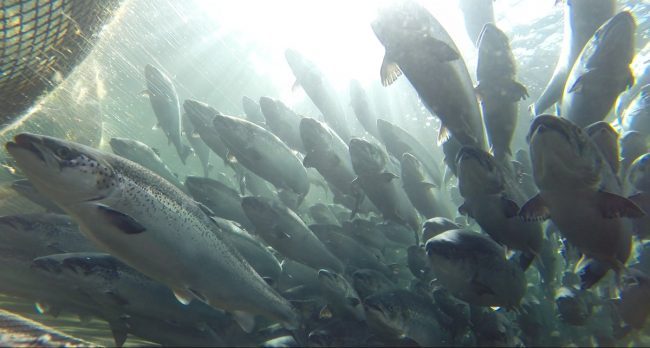A University of Bergen professor leading research into the genetic “contamination” of wild salmon by escapee farmed fish has reportedly learned that “there’s little difference” in the impact on river fish of “minor” versus “moderate” escape events.

Kevin Glover has been attempting to develop a model that shows how the genetic qualities of wild salmon populations are affected by escape salmon. His model, published in the journal, Evolutionary Applications, has raised eyebrows.
“We placed between five and 50 percent escapee farmed salmon in the spawning areas and simulated this over 200 years. With low or moderate inbreeding — that is, between five and 10 percent farmed salmon — we see almost no changes over 50 to 100 years in the size of young and adult fish; in how much (salmon) the river produces and how many salmon come back to the rivers from the sea. Up to 10 percent escapee salmon is a mix we typically see in many Norwegian rivers,” Glover was quoted as saying.
“The result indicates that we don’t necessarily expect to see the completely great consequences at relatively low intermixing by escapee salmon in the spawning areas. But, it is a model and all models should be taken with a grain of salt. But, I really believe in the results of the model. They make sense empirically and in theory,” he said.

